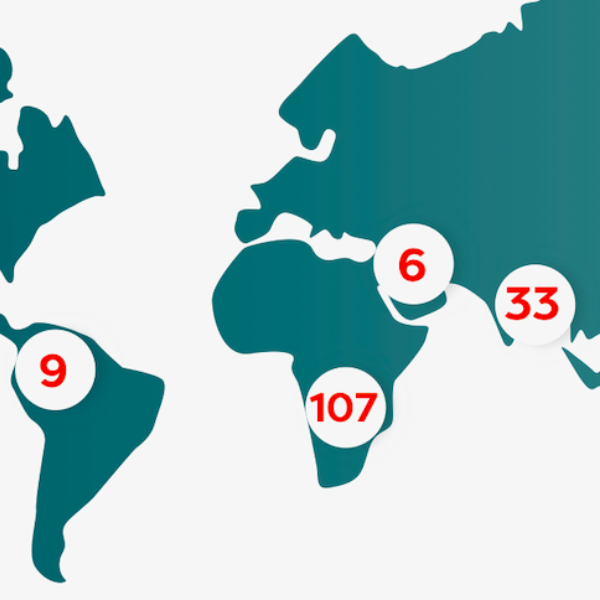
Ember: 5 insights into community-based mental health
At the end of 2019, the SHM Foundation's collaborative Ember project spoke with 130+ mental health initiatives in low-resource contexts to select the 12 partners we would work with in 2020. This is a snapshot of what we learned from those conversations.
Published on Jun 01, 2020
Ember: 5 insights into community-based mental health
At the end of 2019, the SHM Foundation's collaborative Ember project spoke with 130+ mental health initiatives in low-resource contexts to select the 12 partners we would work with in 2020. This is a snapshot of what we learned from those conversations.
Published on Jun 01, 2020

Ember is an initiative led by the SHM Foundation and the Mental Health Innovation Network that finds, connects and funds excellent grassroots mental health projects around the world. In August 2019, Ember launched a global call-out for mental health initiatives working in low- and middle-income countries to apply to partner with us.
In response, we received 160 applications from initiatives in 48 countries. Over the next two months, as our interdisciplinary team worked to identify which projects we would partner with in 2020, we interviewed 139 projects, conducting more than 122 hours of conversation.
We learnt a huge amount from this process. It gave us a unique vantage point from which to gain insight into what’s going on in community-based mental health around the world. We were privileged to hear the personal testimonies of people working in a wide variety of geographies and disciplines.
This is a snapshot of what we learned from reflecting on these conversations. We hope it provides useful insights for anyone working in global mental health. You can read the full report here.
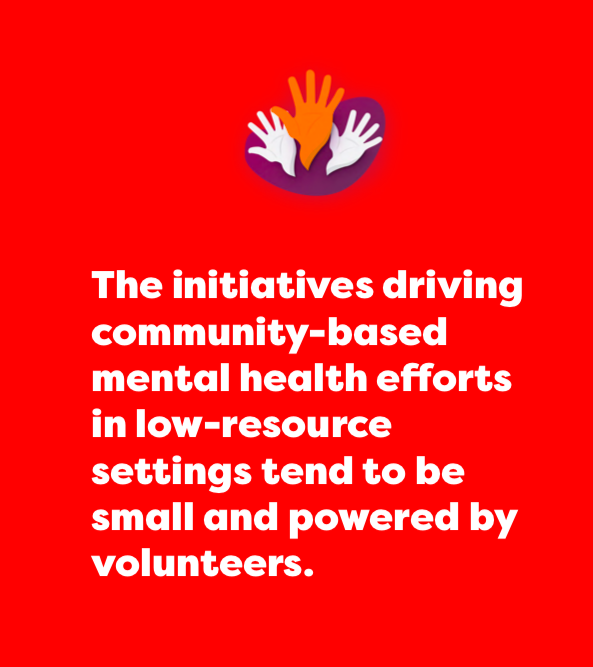
The vast majority of initiatives that applied were small, with teams of
10 people or less. Often, these initiatives were led by a founder with a personal story of dealing with mental health conditions. Their work tended to be powered by a dedicated network of volunteers carrying out a wide variety of activities.
Large organisations, with teams of more than 30 people, were in the minority. However, those that did apply tended to be organisations working in other areas of health, development and humanitarian work.
We spoke to large, faith-based health providers; INGOs working in agriculture, refugee support and post-conflict areas; and advocacy groups campaigning on issues such as gender equality, young people’s futures and LGBTQ+ rights. Organisations like these had recognised the need to branch out into mental health, in addition to their core offerings. Many were looking to incorporate mental health components into their existing programmes of work, but finding it challenging to implement successfully.
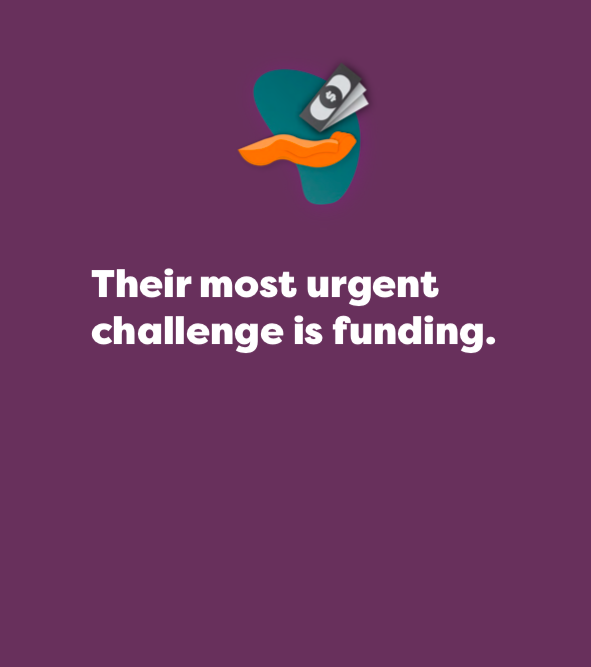
Small initiatives were very often funded out of the pockets of the founding team, or the immediate community. In this scenario, the core team was often unpaid.
Initiatives led by service users or people with lived experience tended to have the fewest financial resources at their disposal. Their teams frequently felt unsure where to turn to for grant funding or how to secure it. Yet, despite the scarcity of resources, the teams we encountered exhibited incredible levels of dedication to their projects, to keep going no matter what.
The large organisations we spoke to tended to have their core costs covered. However, as most were organisations that primarily focused on other issues, mental health programme leads often said they struggled to secure additional funding. They reported that mental health was seen as a high-risk, low- impact area, and therefore was often low on the priority list.
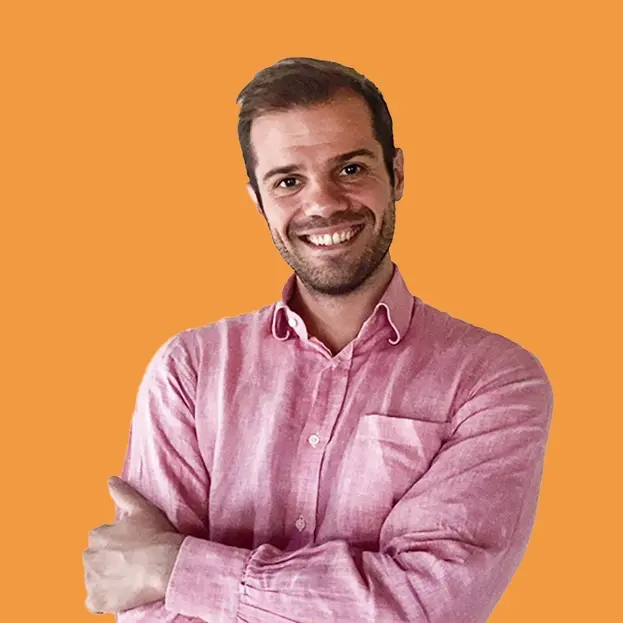
While there are psychologists and psychiatrists working in community-level initiatives, many people we spoke to had professional expertise and experience in other sectors. These included peace-building, education, business, theatre, communications, policy, activism and other areas of health.
Many had come to work in mental health through circuitous routes. Their experience of, for instance, working against gender-based violence or campaigning for indigenous rights led them to realise that mental health was intricately connected to these other areas of life.
We found that in many cases they brought this expertise to bear on their work in mental health, layering additional social dimensions into their programme design and approach.
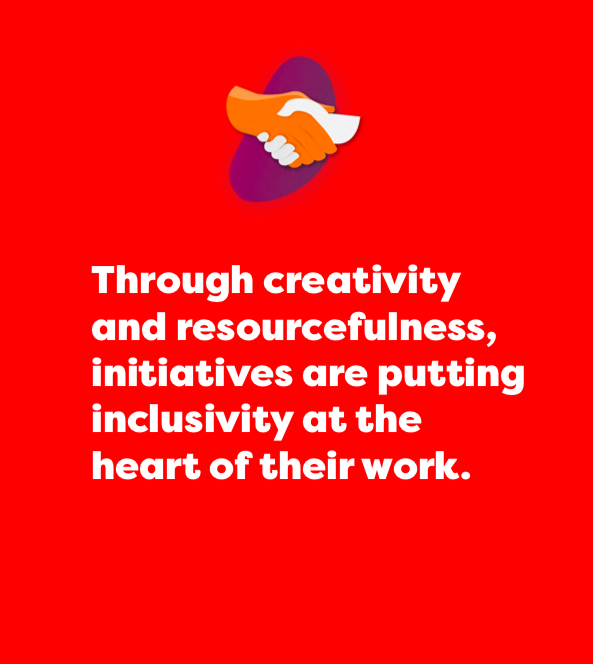
Many of the initiatives we spoke to are borrowing methods, tools and approaches from other sectors and parts of the world, but adapting them to suit specific needs in their context. Many we spoke to had developed creative, innovative solutions to logistical challenges. Through being resourceful and responsive, these initiatives were making themselves more inclusive.
We saw this in the way they engage people, connecting with particular community stakeholders in order to reach others. We saw it in the way a community’s existing resources were borrowed or piggy-backed on to achieve particular goals. We saw it in the huge variety of activities used as vehicles for psychosocial care, from gardening clubs to talent shows, art workshops to mobile apps.
The result of this resourcefulness is inclusivity: existing approaches are being tailored to meet the needs of the people they’re trying to reach. In this way initiatives are reaching and serving people in ways that work for them.
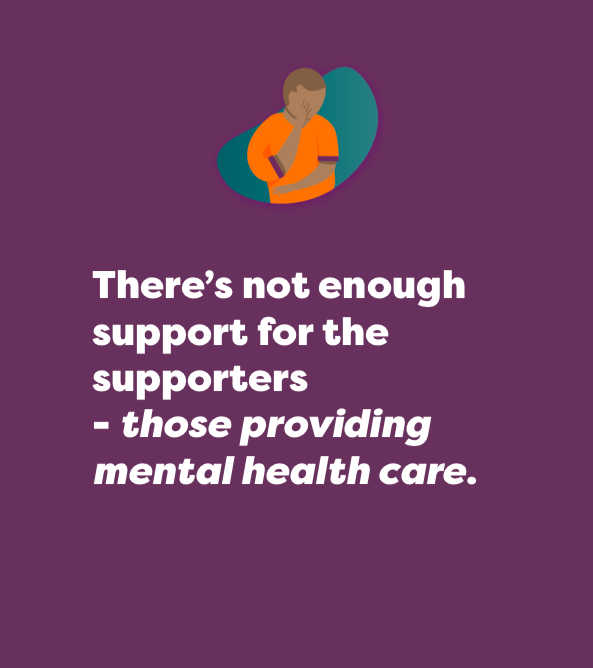
While many of the teams we spoke are delivering incredible support to others, they may not be getting the support they need to cope with the pressures of this work. We saw this most clearly in projects led by service users or those with lived experience of mental health issues.
There has been a recent push in the global mental health sphere to centre the voices of people with lived experience. This is a welcome and crucial shift.
However, organisations have a responsibility to make sure that people with lived experience are listened to, respected and not overly-burdened by their involvement. We encountered people who were invited to stakeholder meetings, only to feel like they were being cross-examined by ‘the experts’. Others felt pressured to repeatedly share their personal stories in public spaces with no regard for the emotional toll this takes. Some felt that their presence was tokenistic and that their contributions were not taken seriously.
If people with lived experience are to be meaningfully valued within global mental health efforts, their time should be remunerated and their voices respected – not only for their individual stories, but for their opinions, recommendations and requests.
So what does this mean?
We believe that the perspective and needs of community-based mental health organisations should be integrated into agendas for policy-making, intervention design, funding and research.
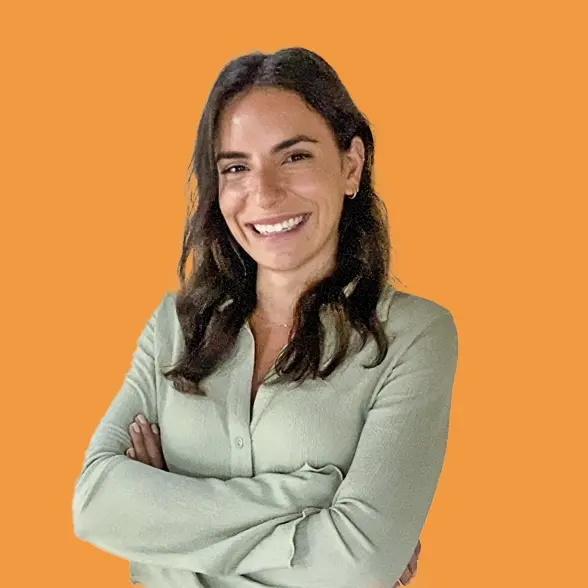
While these insights shine a light on some very difficult challenges, they also reflect the boundless creativity, commitment and care that’s firing mental health efforts in communities around the world. This is a cause for celebration and hope, even as it calls us to action.
This is just the tip of the iceberg.
As we continue working with the 12 initiatives selected for 2020, we continue learning from their expertise, creativity and dedication.

Contact Us

Have a challenge you think we could help with? A project you'd like us to collaborate on?
Just want to say hi? Reach out - we love meeting new people